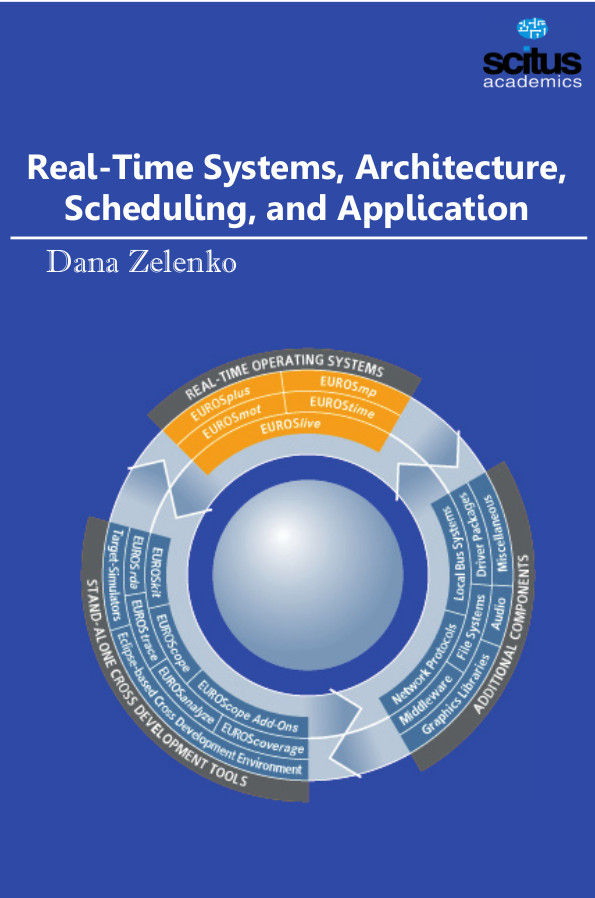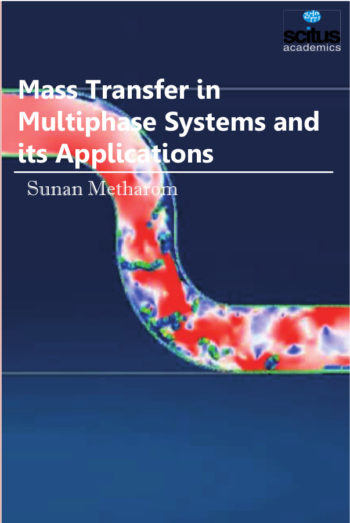Real-time applications are used in daily operations, such as engine and break mechanisms in cars, traffic light and air-traffic control and heart beat and blood pressure monitoring. A real-time system is one that must process information and produce a response within a specified time, else risk severe consequences, including failure. That is, in a system with a real-time constraint it is no good to have the correct action or the correct answer after a certain deadline: it is either by the deadline or it is useless. Real-Time systems are becoming pervasive. In a Real-Time System the correctness of the system behavior depends not only on the logical results of the computations, but also on the physical instant at which these results are produced. Real-Time systems are classified from a number of viewpoints i.e. on factors outside the computer system and factors inside the computer system. Special emphasis is placed on hard and soft real-time systems. A missed deadline in hard real-time systems is catastrophic and in soft real-time systems it can lead to a significant loss. Hence predictability of the system behavior is the most important concern in these systems. Predictability is often achieved by either static or dynamic scheduling of real-time tasks to meet their deadlines. Static scheduling makes scheduling decisions at compile time and is off-line. Dynamic scheduling is online and uses schedulabilty test to determine whether a set of tasks can meet their deadlines.
Real-Time Systems, Architecture, Scheduling, and Application present varied aspects of real-time systems with architecture, specification and verification, scheduling and real world applications. It is convenient for advanced graduate students and researchers in comprehensive disciplines impacted by embedded computing and software. Subsequently the book emphasizes the most modern advances in real-time systems and communications networks; it serves as a vehicle for technology transition within the real-time systems community of systems architects, designers, technologists, and system analysts.













